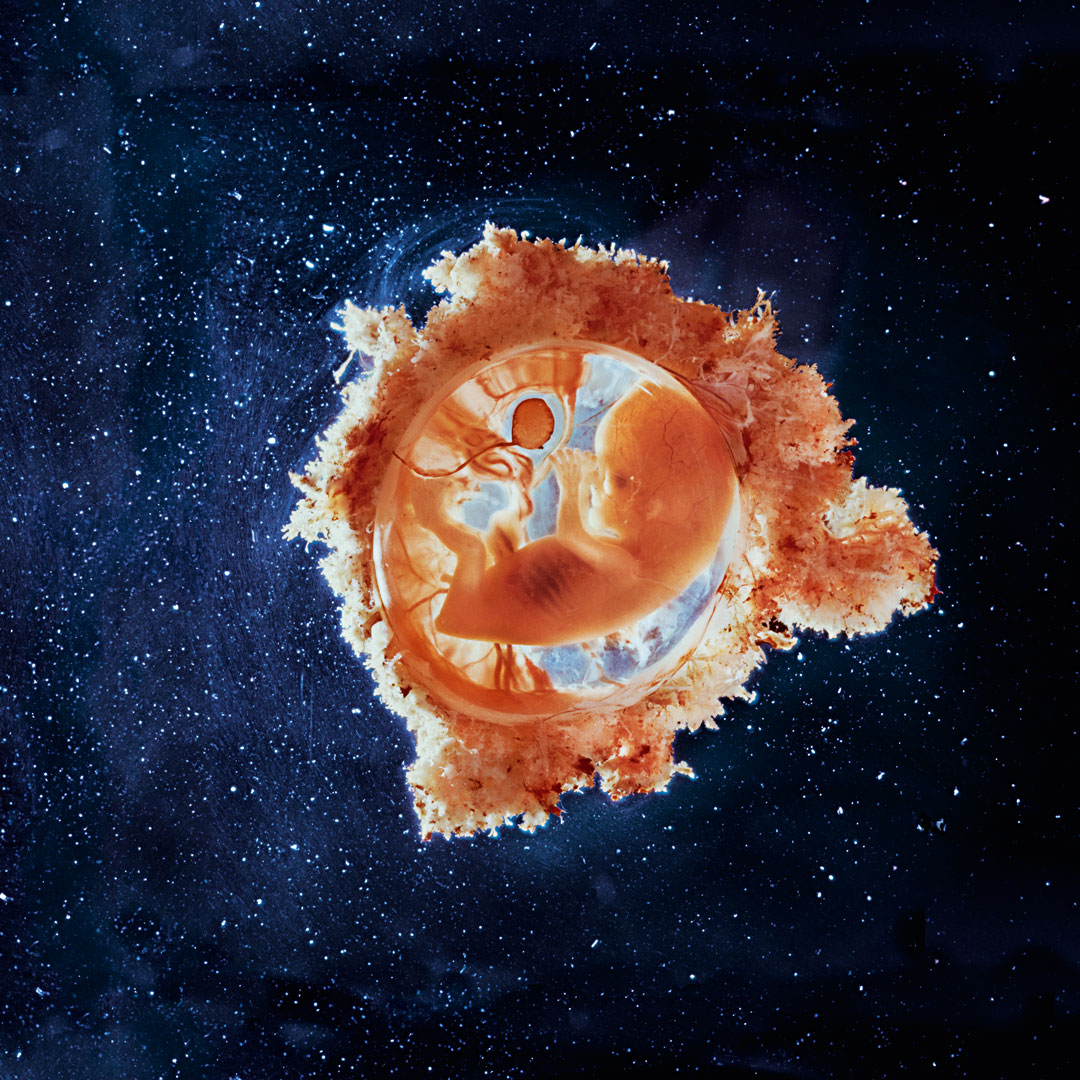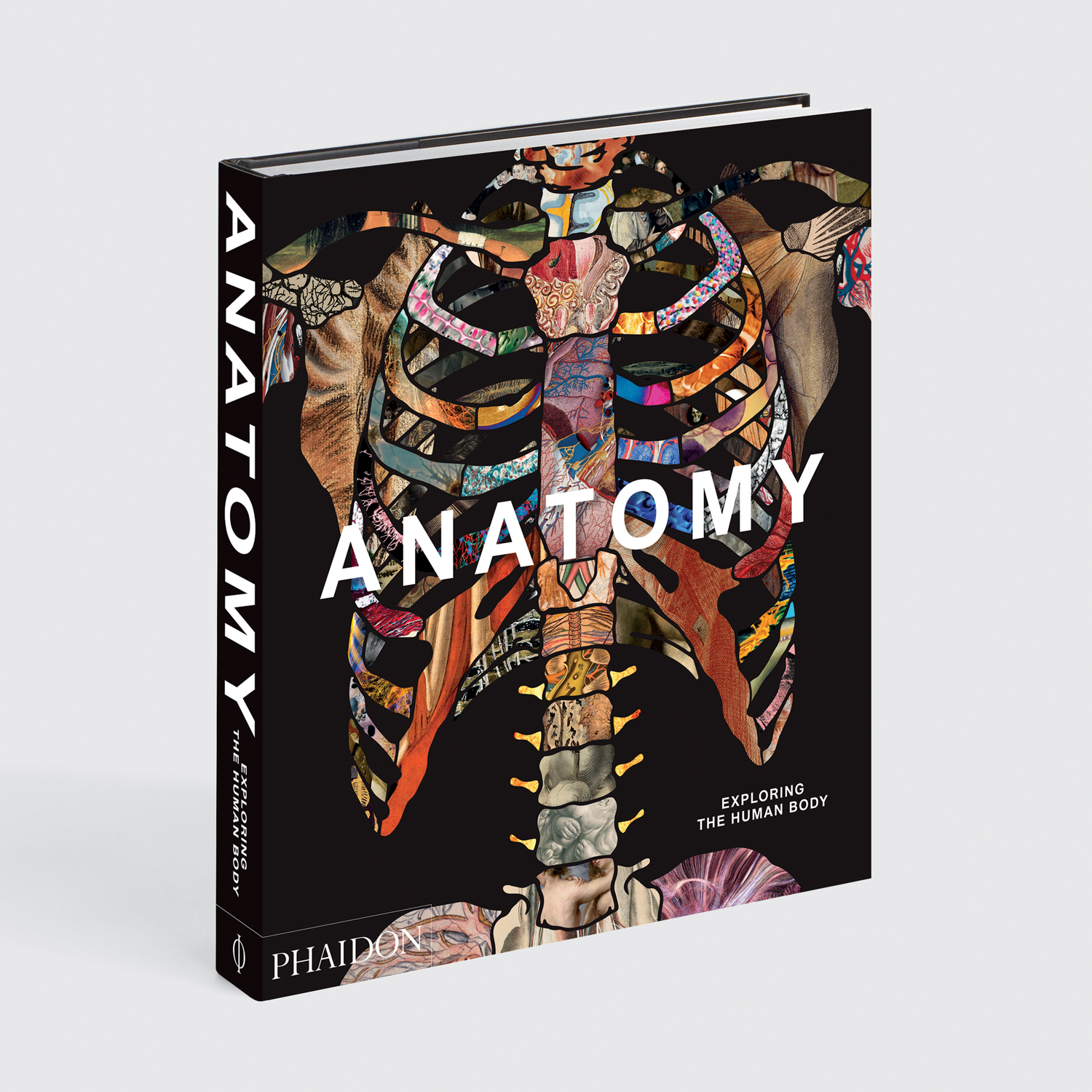
The Art of Anatomy - Lennart Nilsson
Discover the murky origins and starry afterlife of this foetal image, as featured in our new book Anatomy
The medical research community strives to prove and present hard, impartial, irrefutable truths about how the body works. However, the images used to illustrate these findings aren’t always as clear and incontrovertible.
Consider this image of a human foetus at thirteen weeks, taken by Swedish photographer Lennart Nilsson back in 1965. It's one of many beautiful, intriguing and fascinating, pictures reproduced in Anatomy: Exploring the Human Body.
“It may be commonplace now to see images of the foetus in the womb – albeit rarely with this degree of resolution and clarity – but when the Swedish photographer Nilsson published his photo essay ‘Drama of Life Before Birth’ in Life magazine more than fifty years ago, he gave most people a revelatory first view of how a baby develops in the womb,” explains the text in our new book. “The photographs made a sensation, and on publication in April 1965, the magazine sold eight million copies in four days.”
However, Nilsson’s images might not be quite what they initially appeared to be. While the photographer did employ cutting-edge cameras and lights into the womb during diagnostic procedures such as laparoscopy, he is also “rumoured to have shot foetuses after miscarriages or abortions, learning to light them as if they were floating in the amniotic fluid of the womb.

“Despite their uncertain origins, Nilsson’s images were highly influential in shaping how people view life before birth and the debate about the sanctity of human life, helping to encourage the growth of the anti-abortion movement.”
There’s a degree of irony in anti-abortion campaigners using pictures that may well have been drawn from the abortion clinic. However, Nilsson, who also remained a photographic pioneer, shooting some of the first images of viruses such as HIV and SARS, also saw his unborn-baby images loaded on board both of the Voyager robotic probes, which were launched into deep space in 1977, and remain – as of December 2018 – the only manmade objects to have left the Solar System and entered interstellar space. Some of the most distant images of humankind might show the earliest stages of human life, or, then again, it might show a very early human death.
For more incredible images of our bodies, from ancient times right up to the present day, get a copy of Anatomy here.